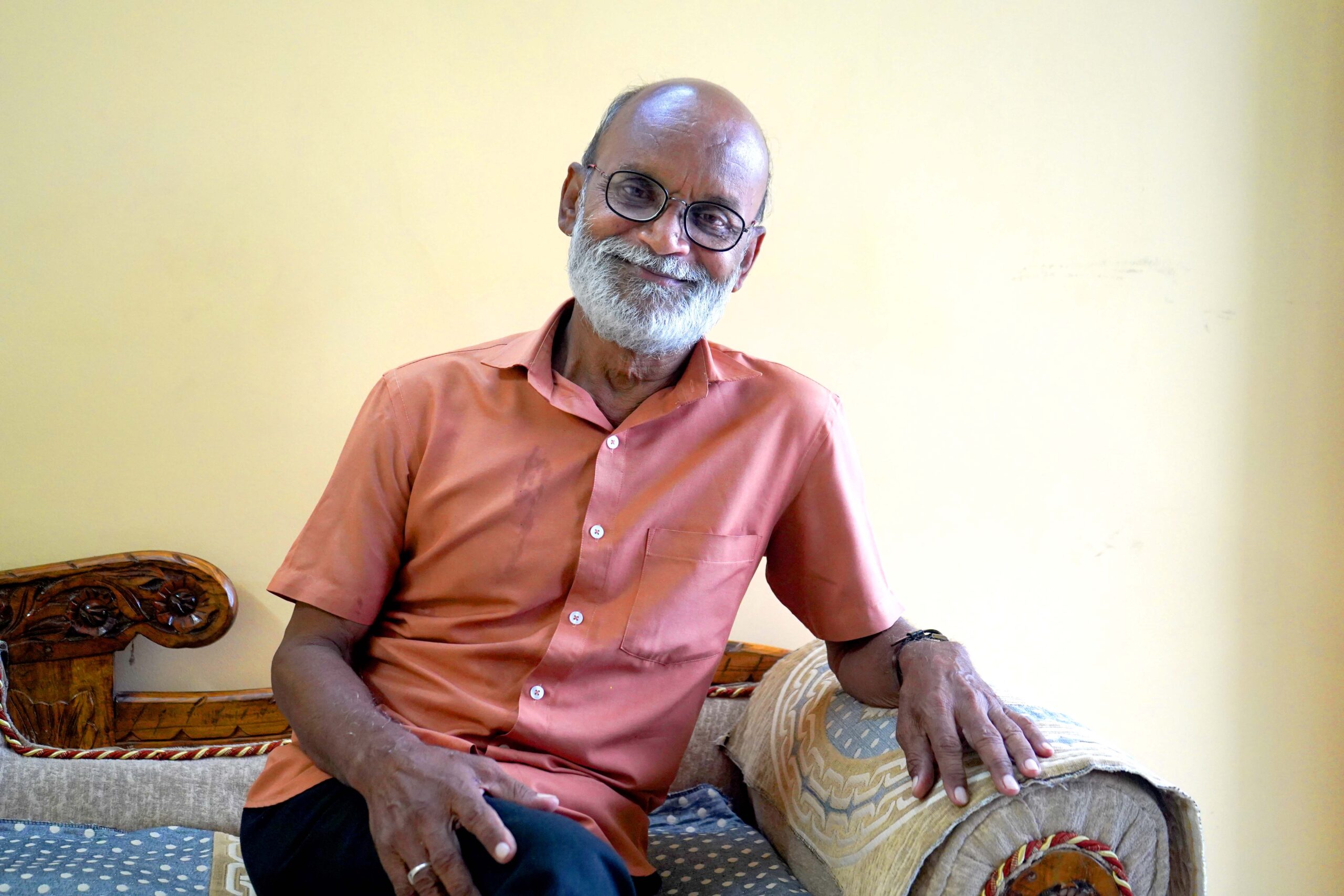Kuppali Venkatappa Puttappa (29 December 1904 – 11 November 1994), affectionately known by his pen name Kuvempu, reshaped the landscape of 20th-century Kannada literature. A novelist, poet, playwright, critic, and visionary thinker, he became the first Kannada writer to receive India’s highest literary honor, the Jnanpith Award, and was celebrated as Rashtrakavi (National Poet) and Karnataka Ratna (Gem of Karnataka).
Roots and Rise

Born in a rural Vokkaliga family in Hirekodige, Chikmagalur district, Kuvempu overcame early hardships, his father’s untimely death and modest schooling, to pursue higher education in Mysore. After graduating in Kannada from Maharaja’s College in 1929, he embarked on an academic career that would span three decades at Mysore University, culminating in his appointment as Vice-Chancellor from 1956 to 1960.
Literary Mastery
Kuvempu’s literary oeuvre blends profound humanism with a modern sensibility. His magnum opus, Sri Ramayana Darshanam, is a sweeping retelling of the Ramayana framed through the lens of Sarvodaya (universal uplift). In this epic, Lord Rama’s trials become a universal quest for justice and equality.
Notable works:
- Malegalalli Madumagalu (A Bride in the Mountains): A novel exploring rural life and social change.
- Shudra Tapaswi (The Untouchable Saint): A critique of caste barriers.
- Spandana (Vibrations): A celebrated collection of poems that reflect his commitment to nature and humanity.
These writings crystallized Kuvempu’s philosophy of Vishwamanavata Vaada (Universal Humanism), advocating a world free of casteism, ritualism, and prejudice.
Championing Kannada Medium Education

Recognizing the power of mother-tongue instruction, Kuvempu spearheaded Kannada as the medium of higher education at Mysore University. He founded the Institute of Kannada Studies, later renamed in his honor, and mentored generations of scholars, ensuring the growth of regional research and literature.
Kuvempu accolades:
- Jnanpith Award (1967) for Sri Ramayana Darshanam
- Padma Vibhushan (1988) for lifetime achievement
- Karnataka Ratna (1992) and Rashtrakavi title (1958)
- Honors such as the Srinivasa Ramanujan Medal, Mahakavi M. Y. Savitha, and multiple honorary doctorates
In 1987, the Government of Karnataka established Kuvempu University at Jnana Sahyadri, Shimoga, perpetuating his vision of inclusive, quality education.
A Message for Today
Beyond his literary and academic feats, Kuvempu’s life was a testament to courage, compassion, and creativity. His 1974 convocation address, published as Vichaarakranthige Aahwaana, calls for rethinking development to serve humanity’s greater good. Even decades later, his call for social justice and educational reform continues to resonate, guiding new generations toward a more enlightened, equitable world.
